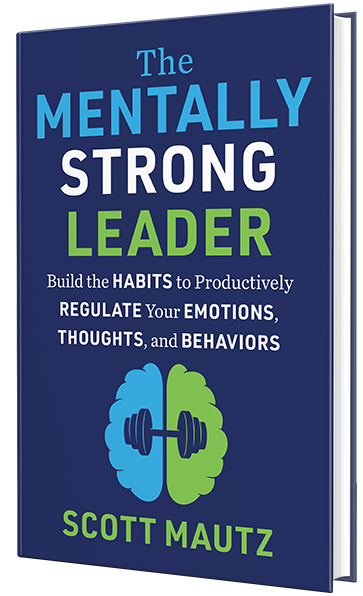
The phenomenon that is Hamilton has entered the public consciousness once again, in a big way, when it appeared on Disney+, a gift for the masses that allowed many a family to avoid a massive family-night-out expense.
With so many more exposed to the musical, the accolades have been rolling in once again for the masterpiece. As I was watching it again (and being lucky enough to have seen the live version), it got me asking all over again, “How did they do it?” “How did they create something so profoundly well-done?”
The Washington Post answered the question for me when they interviewed the four creators, composer and star Lin-Manuel Miranda, director Thomas Kail, choreographer Andy Blankenbuehler, and music director Alex Lacamoire. The Fantastic Four shared five insights on collaboration–much of which centered around one iconic song from the show. These rules of collaboration hold lessons for any team looking to foster a similar outcome:
1. Have trust and faith in your team.
I know, it almost seems too obvious to share. But then why is trust broken on so many teams?
Team Hamilton could afford no such breach. One of the musical’s signature songs, “Satisfied,” is incredibly ambitious in scope. It’s intended to serve as the emotional core of the entire musical. The team wanted the piece (where Angelica Schuyler laments that her passion for Alexander Hamilton will go unfulfilled) to be high energy, clever, portray historical accuracy with a head nod to current social commentary, and even incorporate cinematic techniques.
Such a complex undertaking required trust among the team and a belief that they’d figure it out together. This gave them the bravery required to set such an ambitious bar. How can you build such levels of trust on your team? Start by focusing on these five power tips that have worked particularly well for me over the years:
- Give trust to get trust.
- Overcommunicate.
- Be vulnerable.
- Be the first to give away credit and the first to take blame.
- Keep. Your. Word. On all things big and small.
2. When facing a big roadblock, fall into the pattern of what it felt like when it was right.
The Hamilton team felt the roadblocks in creating “Satisfied,” but knew they’d overcome big obstacles before–on In the Heights. Their approach felt right at the time, and they remembered.
This is one of the ways I help employees find and articulate their purpose in and at work. I ask them to recall the moments in their career when they were at their absolute best or when they felt happiest. It provides clues on one’s purpose.
Similarly, ask the team facing a roadblock to remember how it felt the last time they faced one and what they did to overcome it.
3. Believe to your core that everyone brings value.
As Miranda listened to his fellow collaborators talk about their approaches to “Satisfied”, he responded by saying, “These are all the things I do not see when I write a song!”
This, from one of the greatest visionaries of our time.
Miranda realizes the importance of what any leader simply cannot practice enough, valuing every individual. The first step in doing so is making the time investment to really get to know those who work for (and with) you.
4. Talk (including emotion) must get translated into action. Otherwise, it’s just talk.
This is the most telling aspect of the most high-performing teams I’ve ever been on–do we convert all our talk into meaningful action? Ideas were flowing and the clock was ticking as the Hamilton team built “Satisfied”. They, debated, decided, then committed–with action. I’ve been on teams that struggled to do this. To help overcome this, every time the team assembled, we assigned one “Action Advocate” who was charged with not letting us disband until we’d converted all our talk into tangible next steps.
5. Flow versus squelch.
Director Kail told The Washington Post, (edited for brevity):
“Shows become their full expression when ideas are allowed to flow versus when ideas are squelched because it’s not your job, you shouldn’t be saying this, or you don’t feel comfortable saying it.”
Music director Lacamoire added:
“I’ve worked on other shows where you propose a change because the moment isn’t working, and all of a sudden, you feel the grins tightening, you see the arms lock. With this group, that has never happened. There’s always been a thing about, ‘You know, this isn’t quite landing,’ and then we all think about, how can we make it better?”
While each member on a team must know their part and the role everyone else plays (and value those roles), when it comes to ideation and problem solving–it’s everyone’s job. So in such cases, keep constant focus and energy on making the outcome better.
Your team can make music too if you follow the advice of the Hamilton creators.




Leave a Reply